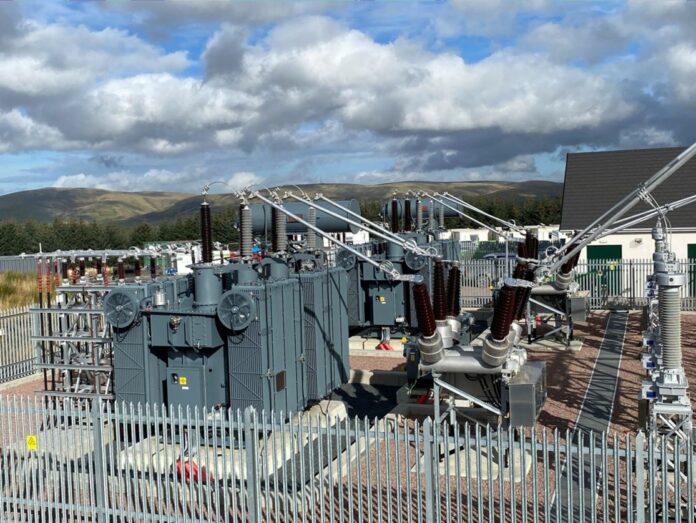Bodyshops are a consistent source of employment right across the country and that business activity relies essential services – water, gas and electricity. There are issues with all three, notably cost, but electricity has a looming additional issue.
AC or DC
In the early days of power generation in the late 1800s and early 1900s, supply varied wildly. Some suppliers used serial connections, meaning each customer was supplied after the previous one in the line. The result was variable voltage, and frequently over-stretched supply during high-demand periods. Remarkably there was even a battle over how electricity was supplied – the voltage, and if it was direct current (DC) or alternating current (AC).
The days of unregulated start-ups were numbered as electricity supply quickly became the cornerstone of British life. Through many twists, turns and commercial failures, a nationalised power generation and supply system emerged. One benefit was harmonisation of supply standards, standardisation of domestic as well as commercial power supply types, and most importantly, investment strategy.
The nationalised ‘company’ was sub-divided into major regional hubs, each with an overview of existing as well as potential commercial activity. This is where the idea of a national grid was born – a system of AC power lines operating at a variety of voltages to minimise energy losses, was born.
Lost in time
Since the early 1960s the vision of a national power grid connecting power generation sites with customers has been left to carry on. The planned buffer zone has been progressively been removed as the population increased and large coal fired power stations were removed. The ‘replacement’ power generation in the form of photovoltaic panels and wind turbines are not available year-round regardless of weather or daylight.
There’s more. From wood poles to ceramic insulators, the vast majority of the system carrying power to homes and businesses gets almost no maintenance. Thanks to use of a helicopter with thermal imaging cameras, annual surveys are completed to detect the onset of potential failures, but in the main the devices are left alone.
That includes power transformers.
These increase the power transmission voltage from a power station to the main grid, and then step down the voltage in multiple stages to the consumers. Each transformer has a thermos-syphon cooling system with special oil selected for its insultation properties, and are in a case made from sheet steel and / or cast iron.
The national grid is now operated by 7 companies.
National Grid ESO provide the main network, with the power transmitted at 400,000 or 275,000 volts AC. From there 6 companies look after distribution in each area of the UK, stepping down the voltage to 132,000, 33,000 or 11,000 volts AC, and then again right the way down to 400 volts AC for small to medium business use and 230 volts AC for domestic use.
The whole system is monitored in real time to check on what power is where, matching demand to supply. Combined with physical checks of the system such as using a helicopter to ‘fly the lines’, any issue should be caught ahead of failure. In the event of failure, the system can re-route connections to restore power sully while repairs are made.
The issues
The success of the national power grid is that with very little policy or strategy from Government, it has served the nation for more than 75 years with few disruptions. However, that is changing. The buffer – maximum demand, maximum power generation – has been almost eliminated. Population continues to grow, as does power demand – but supply is going in the opposite direction.
Photovoltaic cells convert little more than 25 per cent of available energy from the sun to power, and output DC which has to be synthesised into AC for the grid – and won’t work at all in the dark. Wind turbines can output in AC, but are highly dependent on a relatively narrow wind speed range to produce anything at all – there are such things as entire days with windspeeds below the required 5 km/h minimum.
With mixed energy supply – solar, wind nuclear and fossil fuel – power generation shortages can be fixed. The bigger problem is the grid – it is literally everywhere, and it’s time to re-invest. The transformers are old, and the grid providers are seeking to extend the service life from 60 years to 65 years. Quite simply planned strategy would have ensured ordering replacement transformers starting at least a decade ago, because there is a global shortage and most are built to order.
What should we do? Take a trip to the nearest substation. See the state of the transformer. And plan.
Right now, the Government cannot guarantee electricity supply, and if failure does come it’s more likely to be from the grid than generation – although generation short fall is becoming a bigger issue with each passing year. Time to take stocks…. What is the minimum amount of electricity required to maintain business? Can this be supplied in an emergency? If so, how? It’s better to plan ahead than just wait until the lights go out.



